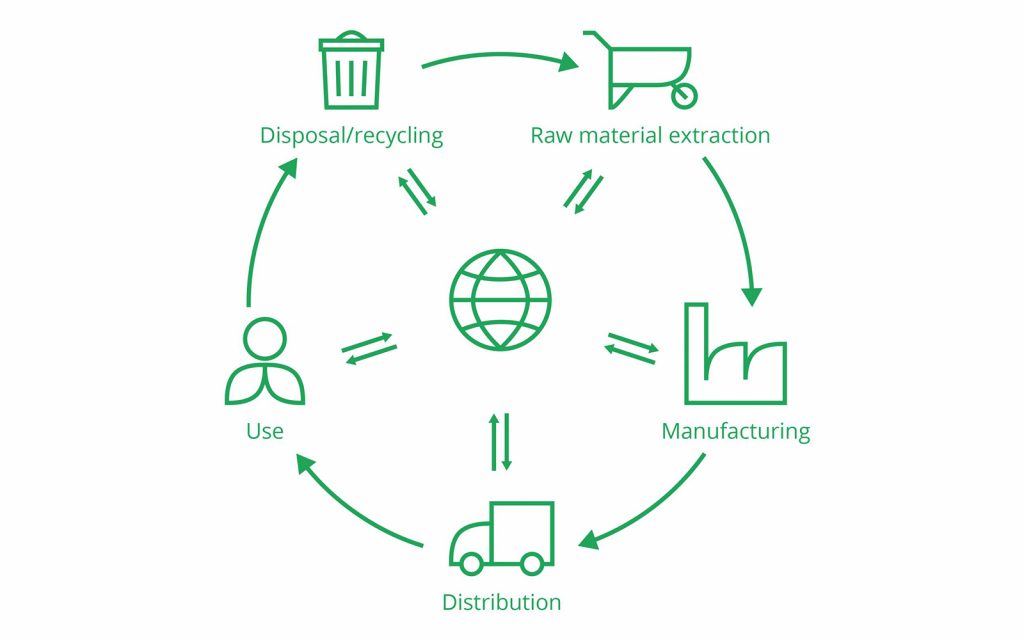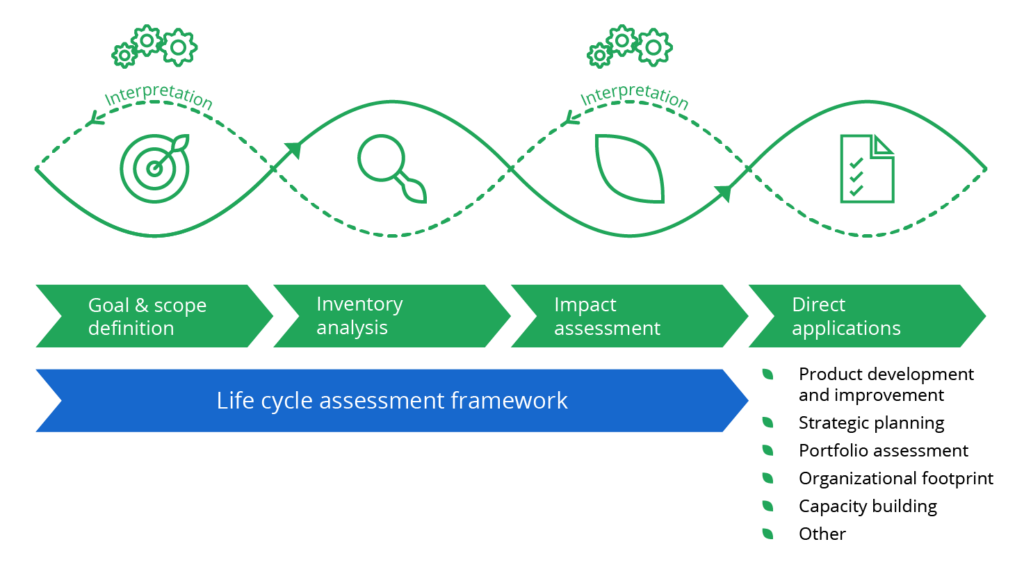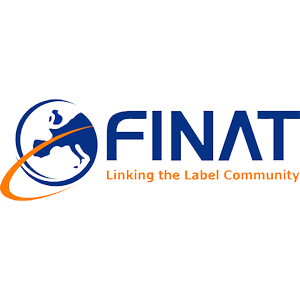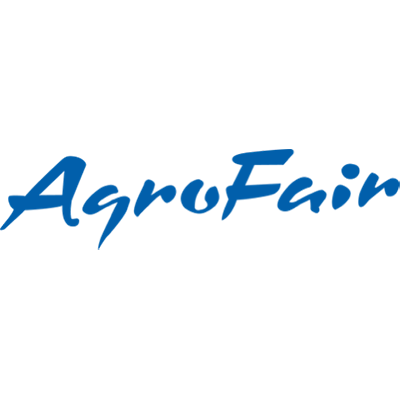Life Cycle Assessment (LCA) explained
Have you ever wondered about the role of life cycle assessment in enhancing business sustainability? This guide introduces the essence of life cycle assessment and why it’s the tool of choice for informed change-makers.
Table of contents
Introduction to life cycle assessment
Life cycle assessment (LCA), or life cycle analysis, is a pivotal method for evaluating the environmental impacts of a product, process, or service across its entire life cycle. This includes the extraction of raw materials, production, use, and post-use phases. Each of these life cycle stages can impact the environment in various ways.
By embracing LCA, businesses gain invaluable insights into the environmental implications of their products and services, facilitating a more sustainable approach to product development and strategic planning.

The advantages of performing a life cycle assessment
There are many benefits to LCA. The insights gained from an LCA can help you improve your product development, and environmental communication, enhance strategic planning, and support evidence-based policymaking.
For example, product designers can explore how their design choices affect the sustainability of the products. Policy-makers can make decisions by comparing all major environmental impacts. Sustainability managers can assess the portfolio and see what’s needed to achieve carbon footprint goals. Marketing teams can get factual data for sustainability communications. A purchasing department can learn which suppliers have the most sustainable products and methods.
The four fundamental steps of LCA
LCA is a standardized methodology, which makes it reliable and transparent. The International Organization for Standardization (ISO) provides standards for LCA in ISO 14040 and 14044. These standards describe the four main phases of an LCA:
- Goal and scope definition
- Inventory analysis
- Impact assessment
- Interpretation
LCA is an iterative methodology, where you refine things as you go along. For instance, the first round of analysis may tell you that you need more data. Or the results of the assessment or your interpretation may nudge you to revise your goal and scope. In this sense, every LCA not only provides you with valuable insights for business improvements but also guides the planning of your next LCA, enhancing your learning and further decisions.
With LCA, you can assess your product or service’s environmental effects from the first to the last stage or at any point between. There are different scopes: ‘cradle to gate’ (from raw materials to the factory gate), ‘gate to gate’ (focusing solely on the manufacturing processes), or ‘cradle to grave’ (from raw materials to disposal).

1. Goal and scope definition
The first step – goal and scope definition – sets the foundation by outlining the LCA’s purpose and the boundaries of the study. This ensures that your LCA is performed consistently.
An LCA models a product, service, or system life cycle. A model is a simplification of a complex reality. As with all simplifications, this means that the reality will be distorted in some way. The challenge for an LCA practitioner is to make sure the simplification and distortions do not influence the results too much. The best way to do this is to carefully define the goal and scope of the LCA study.
The goal and scope describe the most important choices, which are often subjective. For instance, the reason for executing the LCA, a precise definition of the product and its life cycle and a description of the system boundaries.
The system boundaries describe what is taken into the assessment and what is left out. For instance, small amounts of ingredients that contribute little to the total footprint can be left out of the scope of the study. Thus, the system boundaries exclude this.
2. Inventory analysis
In the second step – inventory analysis of extractions and emissions – you look at all the environmental inputs and outputs associated with a product or service. Environmental input means something you take out of the environment to put into the product’s life cycle, for example, the use of raw materials and energy. Environmental outputs mean something your product’s life cycle puts out into the environment – for example, the emission of pollutants and waste streams. Together, this gives you the complete picture of the life cycle inventory (LCI). The LCI is all about collecting relevant data and modeling this data via inputs and outputs in a correct manner.
3. Impact assessment
Then, in the life cycle impact assessment (LCIA), you evaluate the potential environmental impacts derived from the inventory analysis. This allows you to understand sustainability challenges better and make better business decisions. You classify the environmental impacts of all processes collected and modeled in the LCI and translate them into environmental themes such as global warming or human health.
The most important choice you must make is how integrated you want the results to be. Would you like a single score to show how sustainable your product is? Or to be able to see whether your new design improves on CO2 emissions and how this impacts the land use? This usually depends on how you would like to address your audience and the ability of your audience to understand detailed results.
4. Interpretation
The interpretation phase concludes the assessment by reviewing the conclusions and ensuring they are well-substantiated. The ISO 14044 standard describes several checks to test whether the data and the procedures you used to support your conclusions. This way, you can confidently share your results and improvement decisions with the world without any surprises.
Different types of LCA explained
Life cycle assessments range from screening LCAs for internal use to comprehensive, ISO-compliant studies for external communication. Generally, the more details you want, the more comprehensive your LCA needs to be.
There are also many LCA-related assessments, such as:
- Environmental Product Declarations (EPDs, a more reader-friendly document used for comparing products)
- Studies compliant with a product- or sector-specific standard such as the Product Environmental Footprint (PEF) and Organizational Environmental Footprint (OEF)
- Single-issues analyses like the carbon- or water footprint
- Social LCA
- Organizational LCA
- Long-term monitoring studies.
The interesting aspect of a life cycle model is its versatility; you can tailor it to perform a variety of assessments that align with your current business needs.
Comparing LCA with other approaches
While LCA is focused on data and captures the mind of the audience; other approaches like cradle-to-cradle and the circular economy rely more on capturing the hearts of the audience. The two most well-known life cycle approaches apart from LCA are:
Cradle-to-cradle
Cradle-to-cradle means the materials of a product are fully reusable in the next life cycle. The cradle-to-cradle certification system is about qualitative visions and storytelling. It uses qualitative criteria to judge whether a product can be certified. Criteria include material health, material reuse, renewable energy and carbon management, water stewardship and social fairness. The lowest score on these criteria becomes the product’s overall mark.
In contrast to LCA, cradle-to-cradle does not measure whether a certified product actually has a lower overall environmental impact. So, a cradle-to-cradle-certified product may end up having a shifted or even increased burden.
Circular economy
The circular economy is an inspirational strategy for creating value for the economy, society and business while minimizing resource use and environmental impacts through reducing, reusing, and recycling. It’s aimed at ‘closing the loop’ and preventing waste. The circularity of materials is looked at with a Material Circularity Indicator (MCI). Combine both the robustness of the LCA methodology and the inspirational principles of the MCI and the circular economy and together, they provide a holistic approach for innovation in sustainability.
How LCA software can empower your sustainability efforts
LCA software revolutionizes the approach to life cycle assessment by streamlining data collection, analysis, and interpretation processes, making it easier for businesses to uncover environmental impacts and improvement opportunities across their products’ life cycles. By leveraging powerful LCA tools, companies can efficiently model complex life cycles, quantify environmental footprints, and identify hotspots for targeted actions.
Searching for an LCA software?
SimaPro is our flagship product. Our LCA software offers a reliable platform for sustainability experts, product designers and decision-makers to model, analyze, and interpret complex life cycles. Since 1990, SimaPro has been one of the leading LCA solftware solutions globally, used across industries, consultancies, and research institutes in more than 80 countries.
SimaPro enables users to:
- Systematically model and analyze complex life cycles in a transparent way.
- Measure environmental impacts across all stages.
- Identify and prioritize hotspots along your supply chain.
With SimaPro, businesses can navigate the complexities of life cycle assessment with ease, gaining clear insights into their product’s environmental performance. Whether aiming to reduce carbon footprint, inform product design, or communicate sustainability achievements, SimaPro provides the tools needed to drive meaningful environmental improvements.
For organizations seeking expert guidance or advanced analysis, our LCA consulting services are here to help. From strategy development to detailed assessments, our consultants work alongside you to meet your sustainability goals. To fully leverage the full potential of life cycle assessment, consider our software and consulting services—transforming environmental data into actionable insights. Discover our LCA software solutions and consulting services to get started.
Laura Golsteijn
Senior Consultant
I am eager to increase the environmental awareness of our society, and I believe that everyone can contribute to a more sustainable world, every day. At PRé we provide companies with both the knowledge and the tools to improve their products and services. I am excited to work for an organisation that is involved in developing sustainable initiatives.




